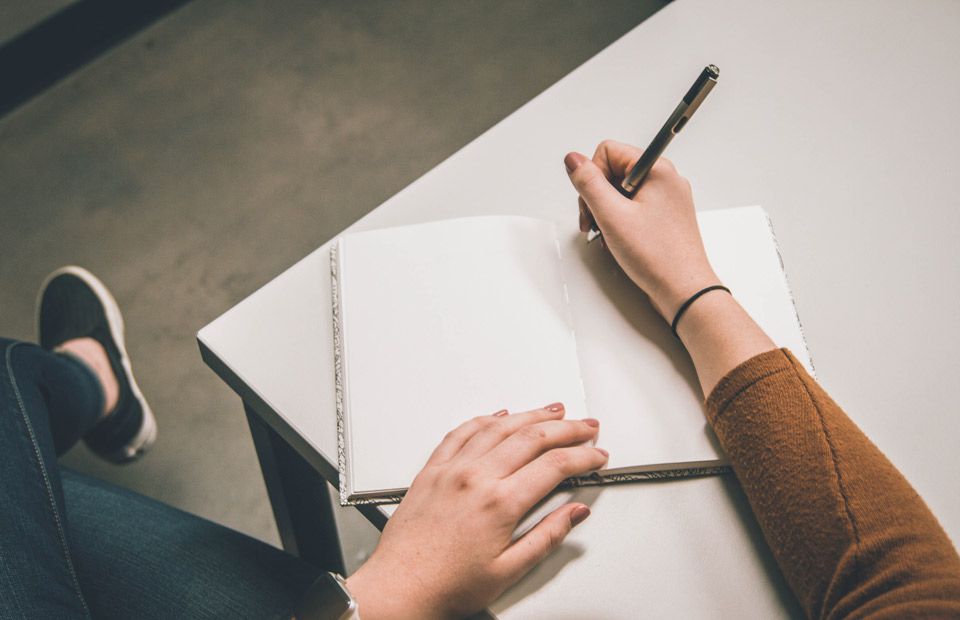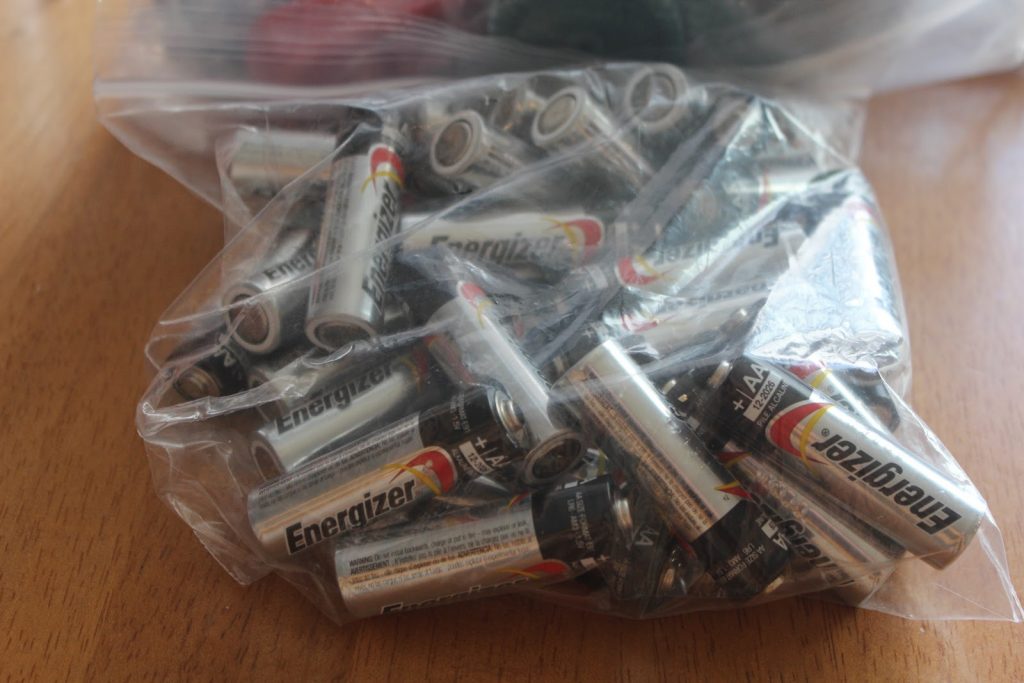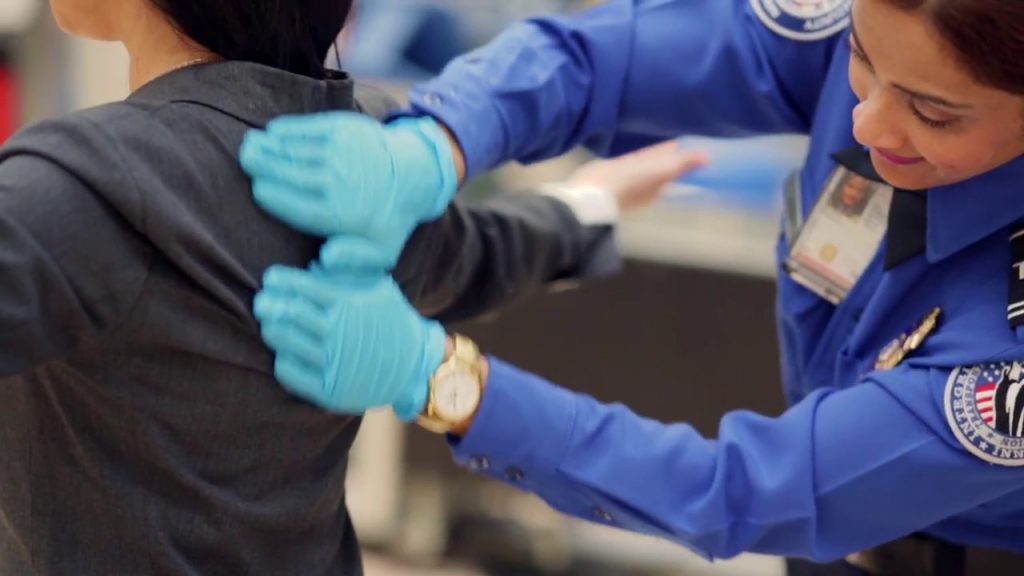
If you are anything like me, you probably love to travel. I have been dying to go somewhere for the past two years and haven’t gone outside my state since before the Pandemic hit. It’s frustrating not being able to escape the house but now that people are starting to get vaccinated restrictions for travel are starting to ease up and limitations of people gathering are becoming less strict so that means when summer gets here more people are going to want to travel than ever before. Being a type 1 diabetic has always made travel harder but it’s still doable with the right planning. I have flown all over, visited over 40 states and 2 countries in my life I have had a few accidents on trips but I now know what to do and what not to do on trips and I’m going to help you prepare for your next one.
Tip 1: Make A Packing List
Write down everything you will need as far as supplies and make an appointment with your endocrinologist a month or so before your trip and explain where you will be going and how long you will be gone. That way if you will be in a foreign country for a while and need to take more insulin with you than is normally prescribed, they can adjust your prescription as needed. Also count any pump or CGM supplies and make sure to order more about 3-4 weeks in advance of your trip if you need more. Always have this list handy and check it multiple times before you leave. I went to France and left my meter behind I was sick the whole flight from not having it and had to use the meter they carry on the plane to check and then had to pay over $200 USD for a new one when we got there. All of this could have been avoided if I had only checked my list or brought a backup meter.

Tip 2: ALWAYS BRING A BACKUP
Even if you are on a CGM or insulin pump electronics can always fail so make sure to bring one meter on you (and its not a bad idea to put a back up one in your checked bag with plenty of strips). Also bring syringes just incase something goes wrong with your pump. It might be annoying to give yourself 8 shots a day but its better that having to get an emergency flight back home because they won’t ship a pump outside the US.
Tip 3: Bring Extra BATTERIES
This may not be the most important tip but check to see what batteries your meter, pump and CGM take and pack plenty of each it not that you can’t buy batteries in other countries but if it dies in the middle of the night and no stores are open or maybe you go to Italy and didn’t reaize most of the shops close in the middle of the day and you need a battery now its just better to pack them and have a few at all times. Also make sure to bring conversion plugs if your pump has a rechargeable battery. A portable battery bank is also a good idea to have while traveling incade your pump needs a charge or your phone.

Tip 4: Keep inulin in insulated bags
This is pretty easy but we all know insulin needs to be kept cool so insulated bags help the insulin to not get too hot when traveling. Also be very careful putting insulin in hotel mini fridges and they have a tendency to freeze especially in the upper sections. Keep your insulin in the insulated bag while in the fridge an always put it on the lowest shelf in the mini fridge. When in doubt I’d rather keep my insulin room temperature than for it to freeze.

Tip 5: Don’t get Dehydrated
If you fly a lot, then you know it’s very easy to get dehydrated on a plane. Even though you can’t bring water through security you can bring an empty water bottle. Get one with a filter like a Britta water bottle and refill it at a water fountain after security. Make sure to take a sip every so often and make sure to use the restroom before you board the plane, so you are not hurting to go to the bathroom while on the plane. There are restrooms on the plane but sometimes you can have a long line, or it could just be an unpleasant experience in there. Bring a small hand sanitizer clipped to your backpack or purse just to keep clean when a sink isn’t nearby.

Tip 6: Keep low snacks on you
Always keep some kind of snack on you that you know brings you up. I don’t recommend fruit it can get squished in your bag making a big mess especially if you are carrying electronics and TSA can have a problem with it. I recommend protein bars or granola bars. Gummies are good quick solution to lows also. Even packs of peanut butter crackers are a good idea. Anything that you know gets you up quickly that isn’t liquid.

Tip 7: Never check anything medical except an extra glucose meter
Do not, I repeat do not put anything medical related in a checked bag. Always keep it on your person. If the flight attendant tells you the overhead bin space is full and that they don’t have space for anymore carry-ons, please inform them you are a diabetic and you have insulin in the bag which cannot be checked that you must have access to your medicine. This being the case they will often ask other passengers if they can check their bag, or I have had a flight attendant store my bag where the fight attendants store theirs. Don’t be harsh with the flight attendant just let them know you will need your bag if something goes wrong. 9 times out of 10 they will help accommodate you because they don’t want an emergency on their hands.

Tip 8: If you have a pump or a CGM opt for a pat-down rather than go through the machine
I always ask for a pat-down because I have heard that the rays from the machines can mess up some insulin pumps and I would rather be safe than sorry, I explain to the TSA that I wear an insulin pump and a continuous glucose monitor. I show them where they are hooked up on my body and they generally ask me to handle my pump with my hands and then they swab my hands after my pat-down. Always ask the TSA agent to get your bags and set them to the side while you get your pat-down if you happen to be traveling alone so no one picks up your medicine accidentally. If you are flying with a friend or family member who can just go through security without a pat-down just ask them to keep an eye on your bags while you finish your pat-down and make sure they are right behind your bags as they go through the machine. You certainly don’t want to lose your carry-on in the security line.

Tip 9: Don’t swim with pumps on even if they say they are waterproof
This tip comes from experience. I was a teenager when my Medtronic pump said it was waterproof up to a certain depth and for at least 30 mins. I knew the depth they said it was waterproof for was deeper than the pool I was at what I had forgotten was that it was the previous model I had was waterproof and I just didn’t think that the newer model wouldn’t be waterproof. I got in the pool with it on and about 5 minutes later I started hearing this constant beeping. I couldn’t figure out where it was coming from but apparently, it was my pump. We were in Florida at the time and my pump was completely fried. I had to call Medtronic and get them to send a pump to the hotel overnight I was really sick without my pump. It was just awful. The best bet when on a trip is to not even chance it unless its like an omnipod where its made to be on you at all times and really waterproof. Generally, you don’t swim more than an hour or two at a time and you are exercising so your pump isn’t really necessary. Just be sure to keep an eye on your blood sugar so you don’t get too low. When in doubt if you can diconnect it with out ripping it off your body then I would just disconnect it while i swim.

Tip 10: Bring Ketone test strips with you
When on a trip lots of things can change types of food you eat schedules and portion sizes. All of these could add up to higher glucose levels and sometimes you may wonder is my insulin even getting absorbed by my body. Taking ketones strips is great to let you know if you are high or maybe that you should change your site. Its also good to know if you have a lot of ketones you may need to go to the hospital. I remember being so sunburnt once I had very high ketones from the pain. So you always want to bring test strips with you so you can at least know.

Tip 11: Wear a medical alert bracelet or necklace at all times
When you’re traveling you may be surrounded by people who don’t know you are a diabetic so make sure you wear something that can tell you are a diabetic. You don’t want to be in a situation where you are incapacitated and have nothing that tells someone that you are a diabetic. It also helps paramedics who show up to help you faster. If you can put your blood type what kind of diabetic, you are and any allergies you have. Also, if you have implants so they don’t stick you in an MRI machine if you do.

Tip 12: HAVE SOME FUN!
As diabetics we don’t get many days were we can have fun and forget the stress of it all. If you want the hotdog and your blood sugars pretty good enjoy your hotdog on the beach. Don’t let the little stuff get to you if you only check your glucose 3 times one day its okay just relax and enjoy your getaway. Taste the food but don’t eat everything they give you. Everything can be enjoyed in moderation and long as you bolus for it and keep an eye on your blood sugar. Now go explore the world!

By: Miranda Montgomery (Type 1 diabetic for 20+ years) Admin for Type 1 Diabetes Support Group on Facebook with 13.9 K members
